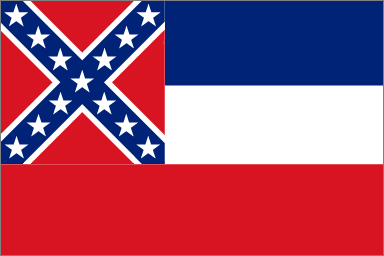Mississippi Senatorial Candidates 2014 | |
|
Mississippi Senatorial Candidates 2014State Primary on June 3, 2014
Mississippi Senate Candidates 2014If you notice that a candidate’s name is missing, please notify us to add it. Send email to clyde2 @live.comMississippi Senate Candidates - Announced, Potential, and Rumored CandidatesRepublican and Democrat Candidates for Mississippi Primary ElectionThad Cochran (R) Mississippi Candidates for Congress MS:
District 1: District 2: District 3: District 4:
History of Mississippi. Information that every Mississippi Election Candidates for US Senate Should Know AboutThe war years brought prosperity as cotton prices soared and new war installations paid high wages. Many blacks headed to northern cities, and white farmers often headed to southern factory towns. Young men, white and black, were equally subject to the draft, but farmers were often exempt on occupational grounds. The World War II era marked a transition from labor-intensive agriculture to mechanized farming in the Delta region of Mississippi. Federal farm payments and improvements in mechanical cotton pickers made modernization economically possible by 1940, but most planters feared loss of racial and social control and simply shifted from sharecropping to wage labor. As workers left the farm for military service or defense jobs, farm wages rose. By 1944, wages had tripled. In 1945 the newly established Delta War Wage Board provided planters temporary relief by setting a maximum wage for farm workers, but President Harry S. Truman lifted wartime economic controls in 1946. Beginning in the 1930s, the ravages of the boll weevil and federal crop restrictions and conservation programs encouraged many farmers to turn from cotton farming to growing other crops, such as soybeans; to sowing grasses for livestock; and to planting trees for timber. Agricultural productivity increased, and as an added bonus the soils were improved by crop rotation, strip planting, terracing, contour plowing, and the use of improved fertilizers, insecticides, and seeds. After 1945 , farm mechanization advanced rapidly, especially in the cotton belt, and small farms were consolidated, as small farmers who could not afford the new machinery and sharecroppers left the land. Planters rapidly mechanized. It now took only a few operators of cotton picking machines to do the work of hundreds. There was no other farm work for the sharecroppers, so the entire sharecropping system collapsed as the croppers moved to the cities, often in the North. By 1950 whites were a majority of the population, statewide and in every region outside the Delta. Arizona Senator Candidates 2014 Florida Senator Candidates 2014 Massachusetts Senator Candidates 2014
Christian Citizens One of America's Founding Principles
|
